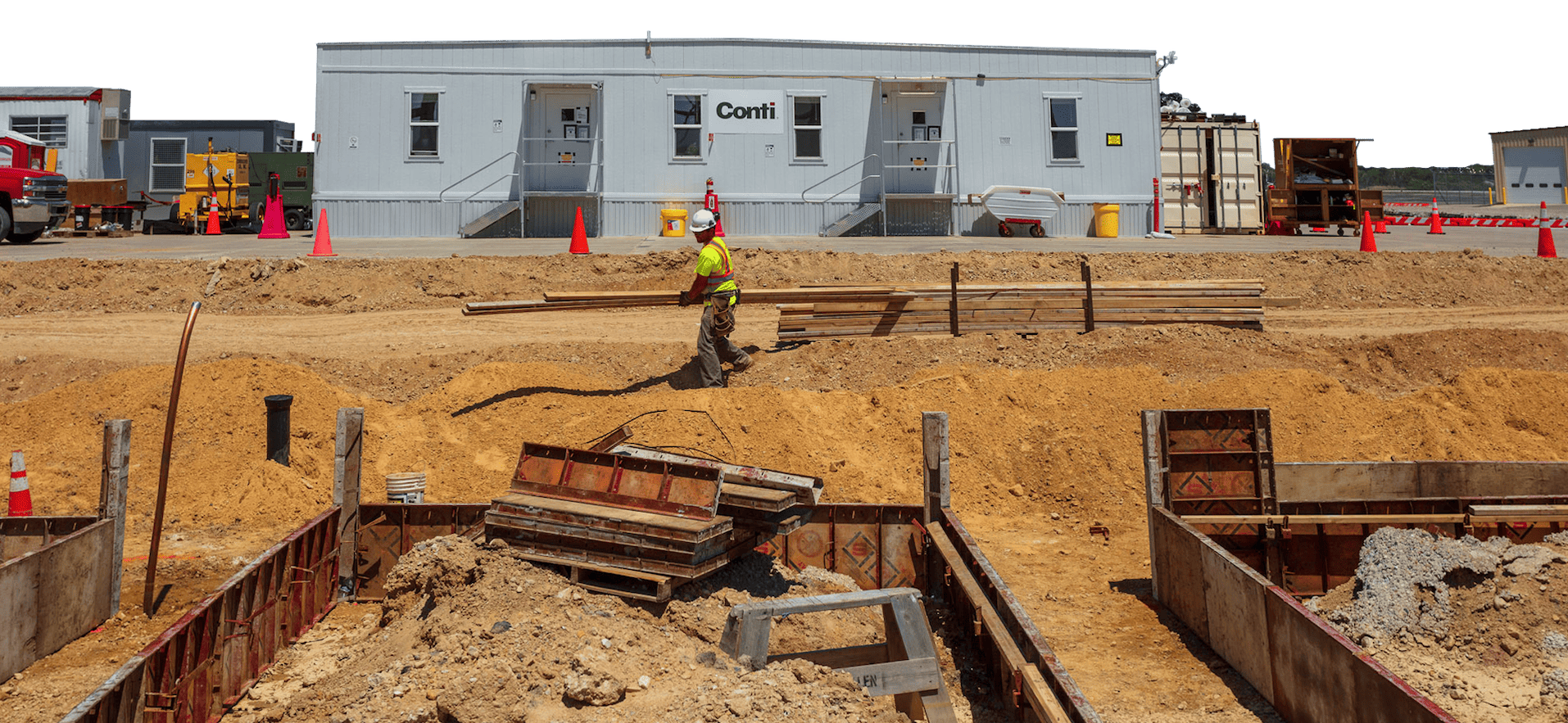Military Construction & Critical Infrastructure Secure Construction Environmental Remediation Disaster Response & Recovery Airfield Facilities Alternate Healthcare Facilities Debris Removal Facility Decontamination/ Decommissioning/ Demolition Facility Rehabilitation Facility Restoration / Modernization Groundwater Treatment ICD/ICS 705 Compliant Facilities Landfill Closure Munitions/UXO Removal Operations Facilities Physical Security Resiliency and Flood Protection Simulator & Training Facilities Soil Remediation Temporary Facilities North America Middle East Africa Europe Asia Carribean
